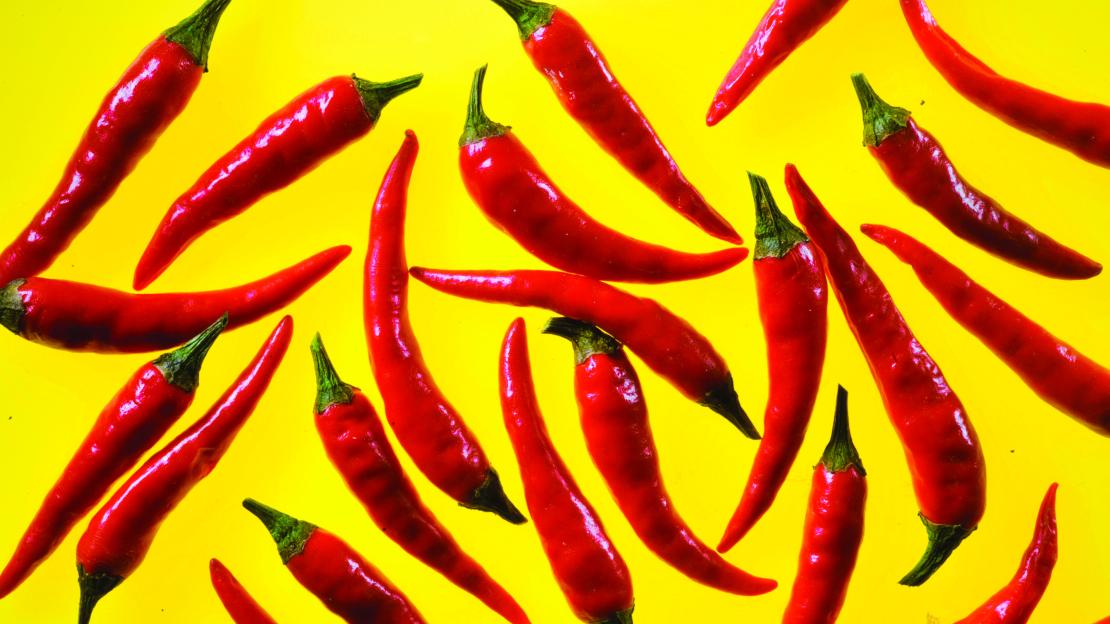Dining at Karaikudi Restaurant in Scarborough promises “the essence of South Indian cuisine.” But in fact, the restaurant, offers a spicy taste of the Columbian Exchange, one of the most dramatic exchanges of food and commodities—as well as disease—in human history. The chili—a member of the genus Capsicum—shares the term “pepper” with the small, round and usually dried fruit that we call “peppercorn.” But the peppercorn is native to India, while the chili’s origin is in South America. How did chilis travel halfway around the world to embed themselves in Indian cuisine? During the late 1400s, spices were more profitable than gold. Spice trading communities, like the Chettiars of Tamil Nadu, built vast, lucrative networks centred on their cities, such as Karaikudi At the time, wealthy Europeans used ground pepper liberally in their food—not for the heat, but to reflect their high socioeconomic status. When Marco Polo travelled to China in the 13th century, the vast amounts of pepper consumed by the nobility were all the proof he needed of their affluence. In search of riches, Portuguese explorer Vasco da Gama travelled directly to the source of pepper: India. Others, like Christopher Columbus, ended up in the Americas, where he encountered the chili pepper. According to recent archeological research, the chili was likely the first plant domesticated in the Americas and may have been cultivated here as early as 6,000 years ago. Columbus’s forays into the New World launched the era of the Columbian Exchange. Returning to the Old World, he and other European explorers brought chili with them and called it “pepper.” They also brought maize, tomatoes, potatoes, turkeys and chocolate—as well as syphilis (they left smallpox behind). Within a few decades, chilis had circumnavigated the globe. Now, even in Chettiar cuisine—proffered at Karaikudi Restaurant—chili peppers are typically combined with peppercorns. For a bite of culinary heat and history, try the mutton sukka or the chicken chettinad. Dan Bender is a Canada Research Chair in cultural history and analysis at UTSC.
